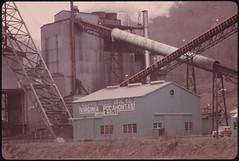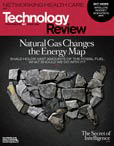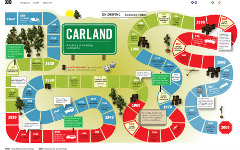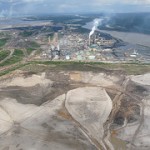It appears the Obama Administration is starting to eerily resemble the Bush Administration, at least when it comes to energy policy. In last week’s State of the Union address, President Obama touched on—albeit briefly—clean energy standards and climate change. Sadly, those “standards” reflected the days of recent past: investing in “clean coal” technology, nuclear power and biofuels. As for significant wind and solar power investment? Hmmm…
To make matters more dire, the Obama EPA has signed off on the Renewable Fuel Standard established under the Bush administration. The Renewable Fuel Standard supports energy-intensive corn production for ethanol, which is high in GHG as well as inefficient to produce. The EPA is also apparently in support of Carbon Capture and Storage technology which is said to reduce the amount of CO2 leaked into the atmosphere from coal-fired power plants. What about the damaging coal extraction process that leaves mountaintops bare, rivers polluted and coal ash? And nuclear energy? Never mind the issue of waste, the sheer number of new nuclear power plants that would have to be constructed to account for our ever-growing demand for energy is daunting in itself.
So where does this leave us? Hopefully Obama will understand that investing in truly clean sources of renewable energy, like wind and solar, is not only good for the environment, but good for our struggling economy. Instead of investing in “clean coal” technology, let’s instead subsidize clean energy center training and education programs so coal miners can gain marketable skills in a safer, cleaner industry. Instead of a short term approach, let’s mix that with a long term agenda so we can, in time, ween off of the fossil fuel based economy we’ve grown so accustomed to and onto a green, renewable one. If the U.S. wants to “lead” in the global clean energy race, at this point, there really is no time left to waste.









